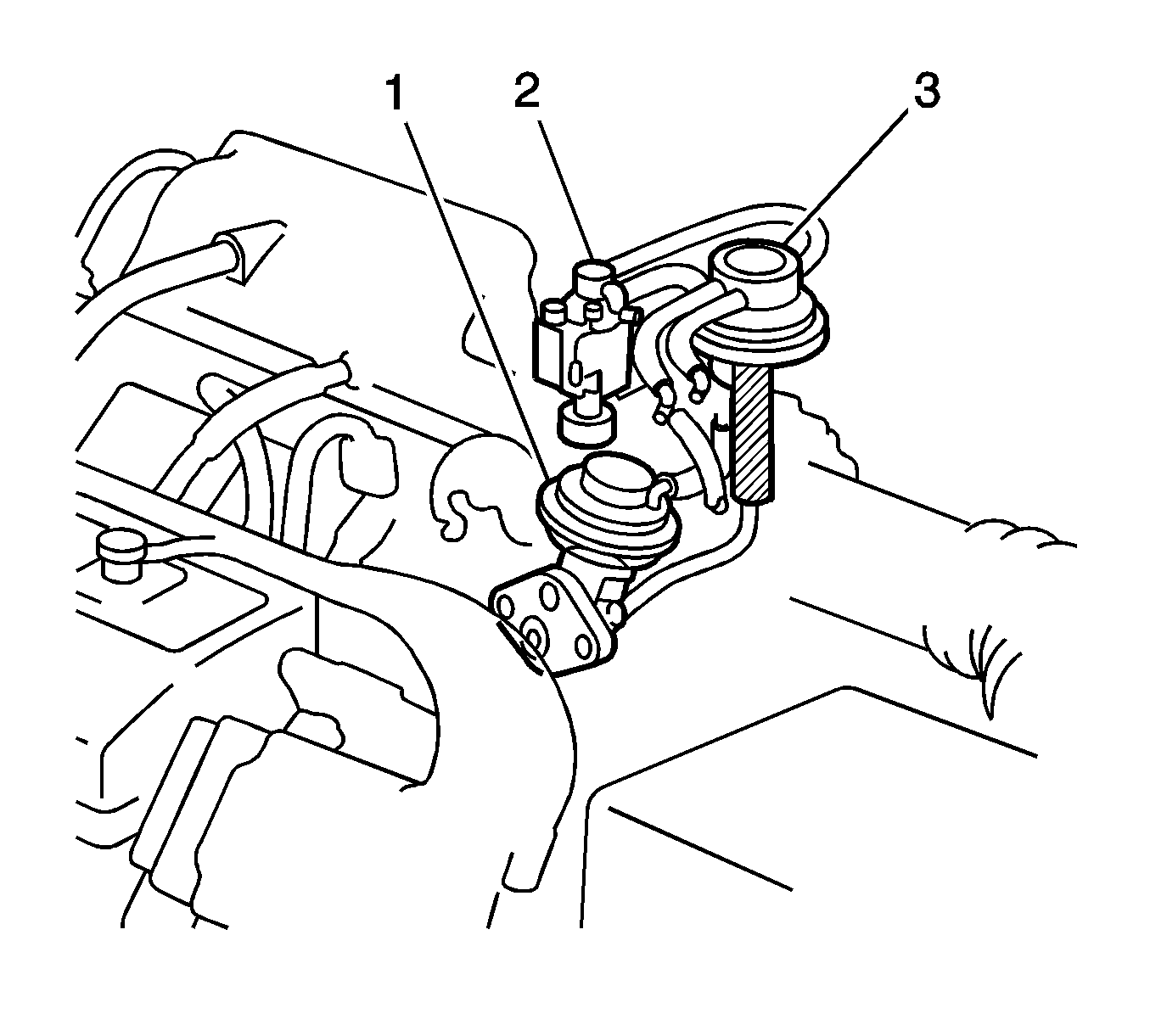The exhaust gas recirculation (EGR) system controls the formation of NOx (Oxides
of Nitrogen) emissions by recirculating the exhaust gases into the combustion chamber.
NOx emissions increase with higher combustion temperatures. Controlling high combustion
chamber temperatures will limit the formation of NOx emissions. Mixing exhaust
gases with the incoming air/fuel mixture modifies the combustion process, resulting
in lower combustion chamber temperatures. The EGR system lowers combustion chamber
temperatures by admitting controlled amounts of exhaust gas into the intake manifold.

